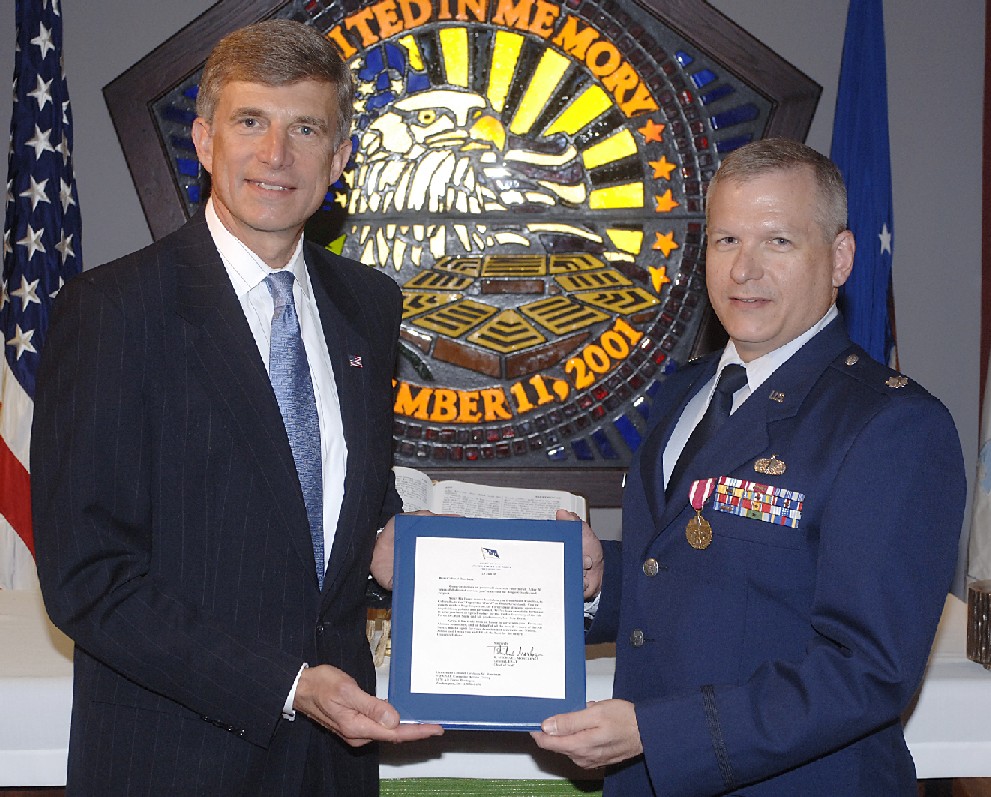First, a little space history that I didn’t catch the first time around: 35 years ago this week, the Soviet Union sent two missions to Venus from the Baikonur Cosmodrome.

(Venera lander, or “descent craft.” Image from the National Space Science Data Center.)
The first of the two, Venera 11, consisted of a flyby platform and a lander (“descent craft”), and launched on September 9, 1978. The second, Venera 12, also consisted of a flyby platform and a lander, and launched on September 14th. Venera 12’s course got it to Venus four days ahead of Venera 11: the Venera 12 lander reached the surface of Venus on December 21, 1978, and the Venera 11 lander followed on Christmas day.
And to follow up on one of my earliest space history posts which noted the launch, 20 years ago today, of the Space Shuttle Discovery on mission STS-51: 5 years ago when I wrote that entry, I had no idea that a little over a year later I would meet one of the STS-51 astronauts, Frank L. Culbertson, Jr., at a NASA Industry-Education Forum. He was a very pleasant fellow, and well met.
Life can be weird and wonderful.













